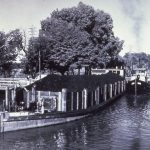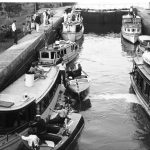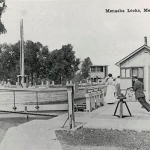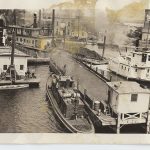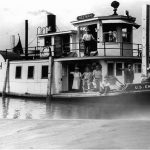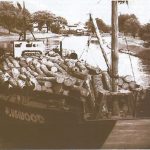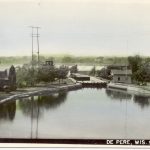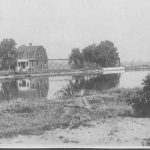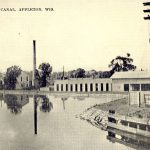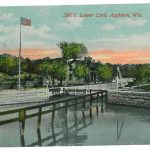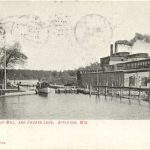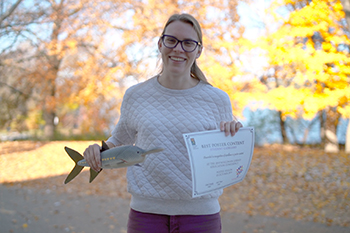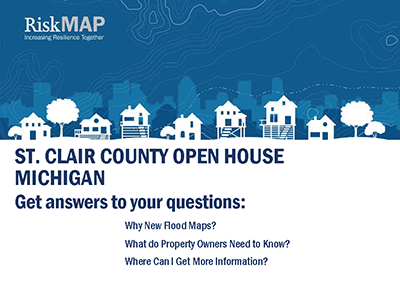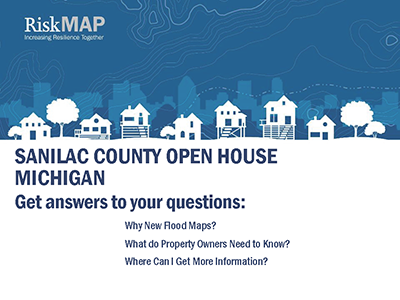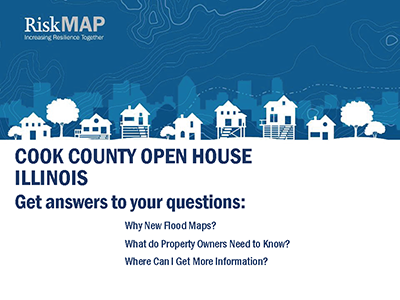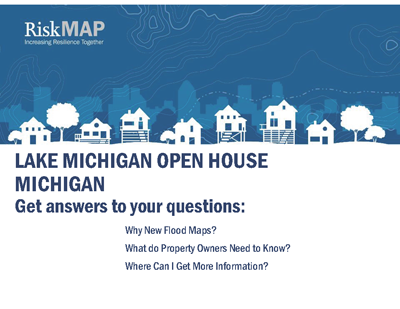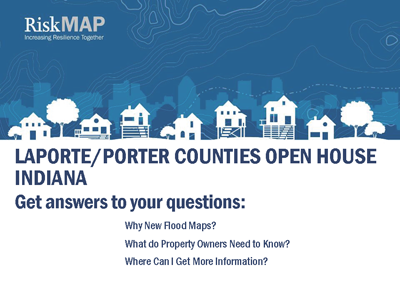Lake Michigan Community Consultation Officers Meeting and Open House for Lake County, Indiana and Van Buren County, Michigan
Lake County, Indiana – Open House Presentation [.pdf] – CCO Meeting Presentation [.pdf]
Press Release [.pdf]
Wednesday, December 11, 2019
CCO Meeting 2-4 pm | Open House 5-7 pm
Hammond Port Authority – Clipper Room
701 Casino Center Drive
Hammond, Indiana 46320
Van Buren County, Michigan – Open House Presentation [.pdf] – CCO Meeting Presentation [.pdf]
Press Release [.pdf]
Thursday, December 12, 2019
CCO Meeting 2-4 pm | Open House 5-7 pm
South Haven City Hall – Council Chambers
539 Phoenix Street
South Haven, Michigan 49090
Great Lakes Coastal Flood Study
Great Lakes Coastal Flood Study
https://www.greatlakescoast.org/2019/11/18/lake-michigan-community-consultation-officers-meeting-and-open-house-for-lake-county-indiana-and-van-buren-county-michigan/


